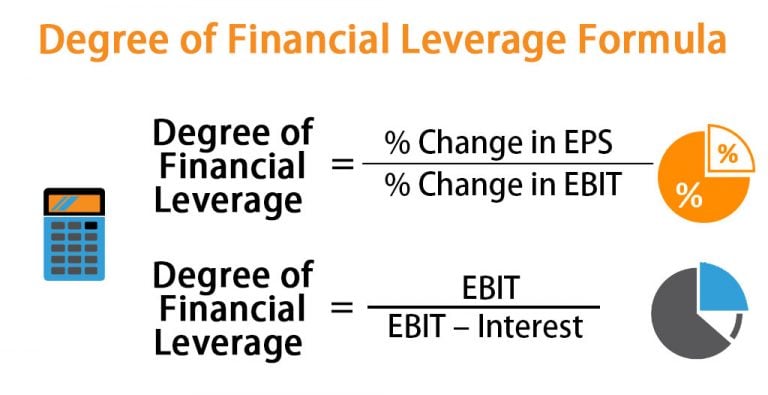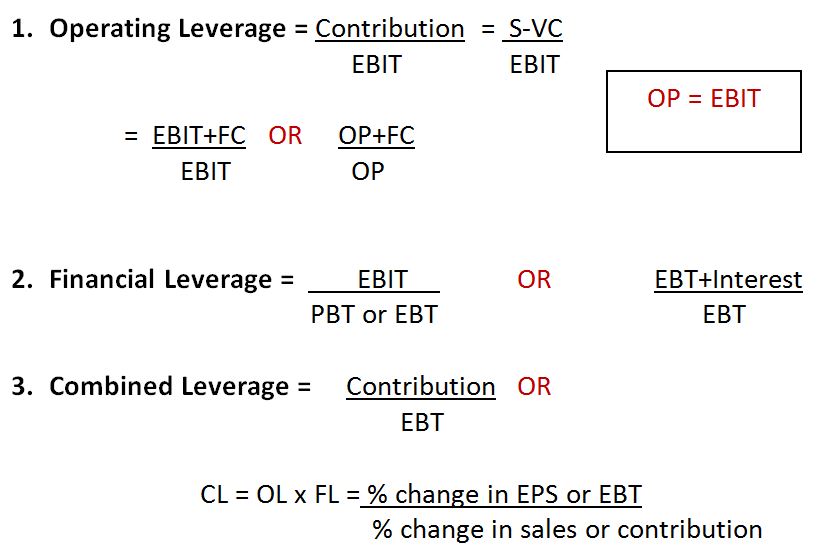The DOL indicates how sensitive your operating income is to changes in sales volume. The Degree of Operating Leverage Calculator is a valuable tool for financial analysts, investors, and business owners. It provides insights into a company’s sensitivity to changes in its operating income due to variations in sales. By understanding the DOL formula and using the calculator effectively, stakeholders can make informed decisions about investments and business strategies. High DOL values suggest potential for increased profits but also increased risk, while low DOL values imply stability but limited profit growth.
How to Calculate Operating Leverage
If you try different combinations of EBIT values and sales on our smart degree of operating leverage calculator, you will find out that several messages are displayed. Once obtained, the way to interpret it is by finding out how many times EBIT will be higher or lower as sales will increase or decrease respectively. For example, for an operating leverage factor equal to 5, it means that if sales increase by 10%, EBIT will increase by 50%. High operating leverage can be risky for a company in several ways, including reduced flexibility, magnified effects of revenue changes, financial risk, and strategic risk. If you’re still having problems calculating the DOL of your business, you can always use our degree of operating leverage calculator and other helpful tools on CalcoPolis. The calculator works out both the degree of operating leverage (DOL) and the operating leverage, and allows for details relating to two businesses or accounting periods to be entered so that comparisons can be made.
Get in Touch With a Financial Advisor
A degree of operating leverage is a financial ratio that can help you measure the sensitivity of a company’s operating income. The degree of operating leverage calculator shows the effect on operating income of the cost structure of a business. Analyzing operating leverage helps managers assess the impact of changes in sales on the level of operating profits (EBIT) of the enterprise. Higher DOL means higher operating profits (positive DOL), and negative DOL means operating loss.
What Is the Difference Between DOL and Financial Leverage?
Under all three cases, the contribution margin remains constant at 90% because the variable costs increase (and decrease) based on the change in the units sold. Intuitively, the degree of operating leverage (DOL) represents the risk faced by a company as a result of its percentage split between fixed and variable costs. Companies with a high degree of operating leverage (DOL) have a greater proportion of fixed costs that remain relatively unchanged under different production volumes. That indicates to us that this company might have huge variable costs relative to its sales. Similarly, we can conclude the same by realizing how little the operating leverage ratio is, at only 0.02. The degree of what are the capital gains tax rates for 2021 vs 2020 is a tool that calculates a multiple that rates how much income can change as a consequence of a change in sales.
The Degree of Operating Leverage (DOL) is a financial metric that measures how a company’s operating income (EBIT) responds to changes in sales volume. It’s like a financial magnifying glass, showing how your fixed and variable costs can amplify changes in sales into larger changes in operating income. If fixed costs are higher in proportion to variable costs, a company will generate a high operating leverage ratio and the firm will generate a larger profit from each incremental sale. A larger proportion of variable costs, on the other hand, will generate a low operating leverage ratio and the firm will generate a smaller profit from each incremental sale. In other words, high fixed costs means a higher leverage ratio that turn into higher profits as sales increase.
Create a Free Account and Ask Any Financial Question
Besides his extensive derivative trading expertise, Adam is an expert in economics and behavioral finance. Adam received his master’s in economics from The New School for Social Research and his Ph.D. from the University of Wisconsin-Madison in sociology. He currently researches and teaches economic sociology and the social studies of finance at the Hebrew University in Jerusalem. The shared characteristic of low DOL industries is that spending is tied to demand, and there are more potential cost-cutting opportunities.
On the other hand, a low DOL suggests that the company has a low proportion of fixed operating costs compared to its variable operating costs. This means that it uses less fixed assets to support its core business while sustaining a lower gross margin. On the other hand, financial leverage is an indication of how much the company uses debt to finance its operations. Typically, companies that have a large proportion of fixed cost to variable cost have higher levels of operating leverage. So, whether you’re a seasoned financial pro or a business owner looking to optimize profitability, keep this guide handy. With the right tools and understanding, you can leverage your fixed costs to drive financial success.
- It’s always a good practice for businesses to calculate the degree of operating leverage periodically, ensuring they’re not overly exposed to the pitfalls while reaping the benefits.
- The higher the DOL, the more a company’s operating income will be affected by changes in sales.
- Here’s your step-by-step guide to using the Degree of Operating Leverage Calculator.
- A lower DOL indicates that your profits are less sensitive to sales changes, allowing for more flexibility in pricing and promotions.
Operating leverage is the ratio of a business’s fixed costs to its variable costs. This ratio is often used when forecasting sales and determining appropriate prices. In contrast, companies with low operating leverage have cost structures comprised of comparatively more variable costs that are directly tied to production volume. A high DOL indicates that a company has a higher proportion of fixed costs, leading to greater sensitivity in operating income to changes in sales.
In this article, we will learn more about what operating leverage is, its formula, and how to calculate the degree of operating leverage. Furthermore, from an investor’s point of view, we will discuss operating leverage vs. financial leverage and use a real example to analyze what the degree of operating leverage tells us. While the potential for increased profitability with high operating leverage is appealing, weighing that against the risks is essential. It’s always a good practice for businesses to calculate the degree of operating leverage periodically, ensuring they’re not overly exposed to the pitfalls while reaping the benefits. This tool helps you calculate the degree of operating leverage to understand how your company’s earnings might change with varying sales levels.








